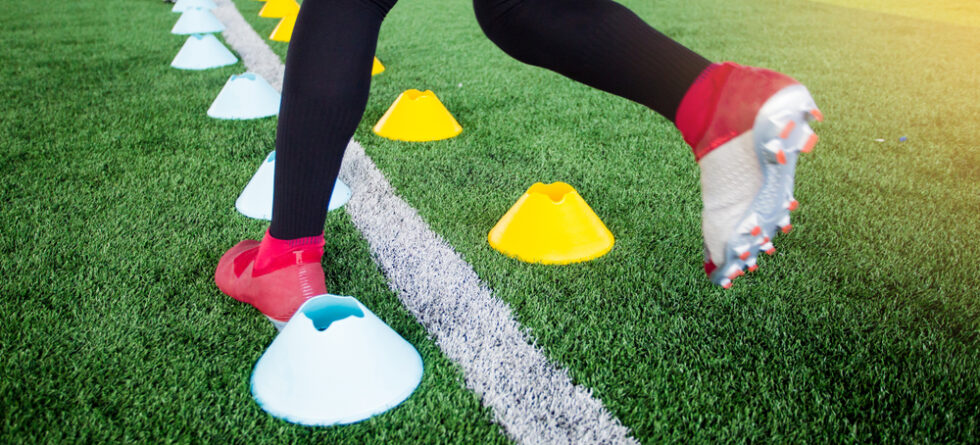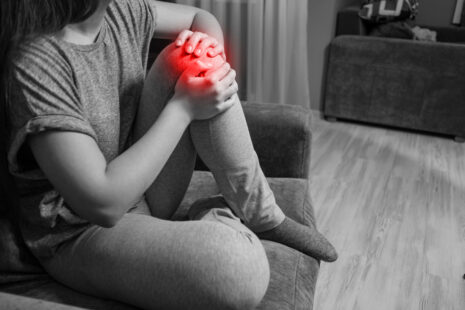In the physically demanding world of soccer, injuries are a common occurrence, affecting players across all positions. Some positions are more prone to injuries than others due to the nature of the roles they play on the field. Understanding which position faces the most injuries and why can help in developing targeted prevention and training strategies.
Goalkeepers – High Risk of Injury
While it might seem that outfield players are more at risk due to their constant running and physical duels, goalkeepers are often considered to be at the highest risk for certain types of injuries. This is due to several factors,
- Diving and Landing – The repetitive action of diving for saves puts goalkeepers at risk for shoulder dislocations, elbow injuries, and hand fractures.
- Collisions – Goalkeepers are prone to collisions with other players during attempts to save the ball, leading to head injuries, concussions, and knee injuries.
- High-Impact Saves – The forceful nature of blocking shots can lead to muscle strains and joint injuries.
Outfield Positions – Varied Injury Profiles
- Defenders – Typically face a high risk of muscle strains and ligament injuries due to physical tackles and aerial duels.
- Midfielders – May experience a wide range of injuries, from overuse injuries like tendinitis to acute injuries from tackles, given their role requires both defensive and offensive responsibilities.
- Forwards – Often at risk for sprains and strains as well as injuries resulting from aggressive tackles by defenders, given their focus on attacking and scoring.
Factors Contributing to Injuries
- Physical Contact – Positions that involve more physical duels, such as defenders and goalkeepers, have a higher risk of impact injuries.
- Overuse – Midfielders, who typically cover the most distance during a game, are more susceptible to overuse injuries.
- Playing Surface – The type and condition of the playing surface can also affect injury risks, with harder surfaces increasing the likelihood of joint injuries.
Injury Prevention Strategies
- Position-Specific Training – Tailoring training to the specific demands of a player’s position can help in strengthening the muscles most at risk and improving techniques to reduce injury risk.
- Proper Warm-Up and Cool-Down – Ensuring a comprehensive warm-up and cool-down routine can prepare the body for the physical demands of the game and aid in recovery.
- Protective Gear – For goalkeepers, using the appropriate protective gear, such as padded gloves and elbow pads, can reduce the risk of fractures and dislocations.
While injuries in soccer can occur in any position, goalkeepers often face a unique set of risks due to the nature of their role, making them susceptible to specific injuries like collisions and high-impact saves. Defenders, midfielders, and forwards each have their injury vulnerabilities based on the physical demands and responsibilities of their positions. Implementing targeted prevention strategies, including position-specific training and protective gear, can help mitigate the risks and keep players safer on the field.



